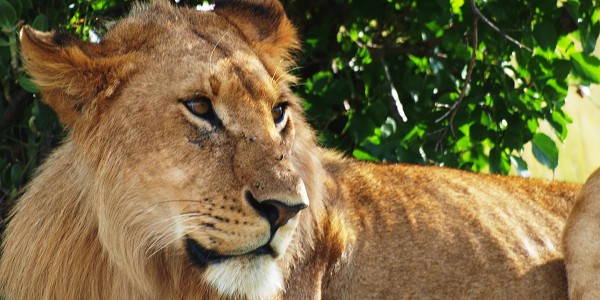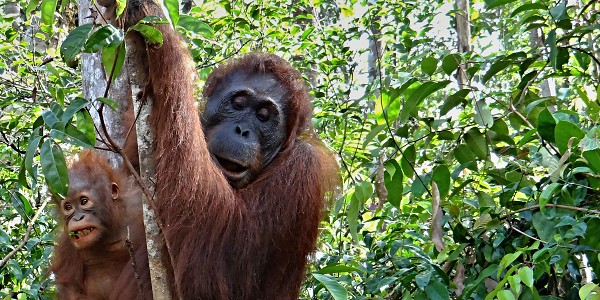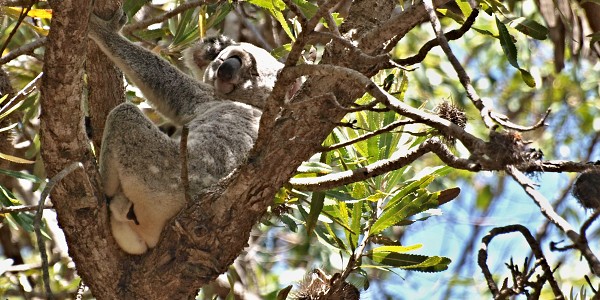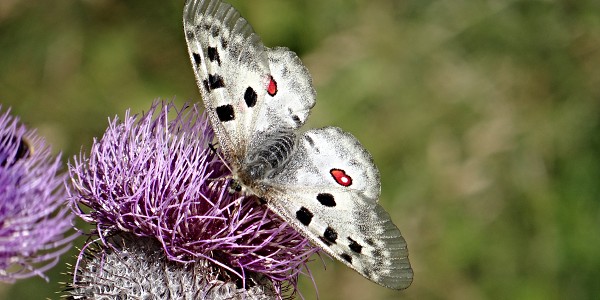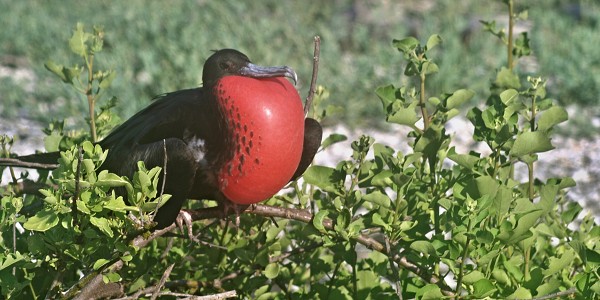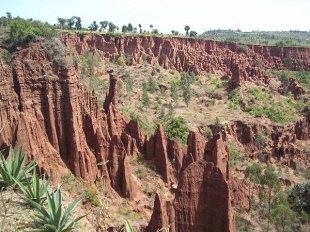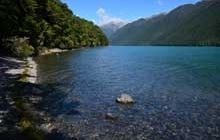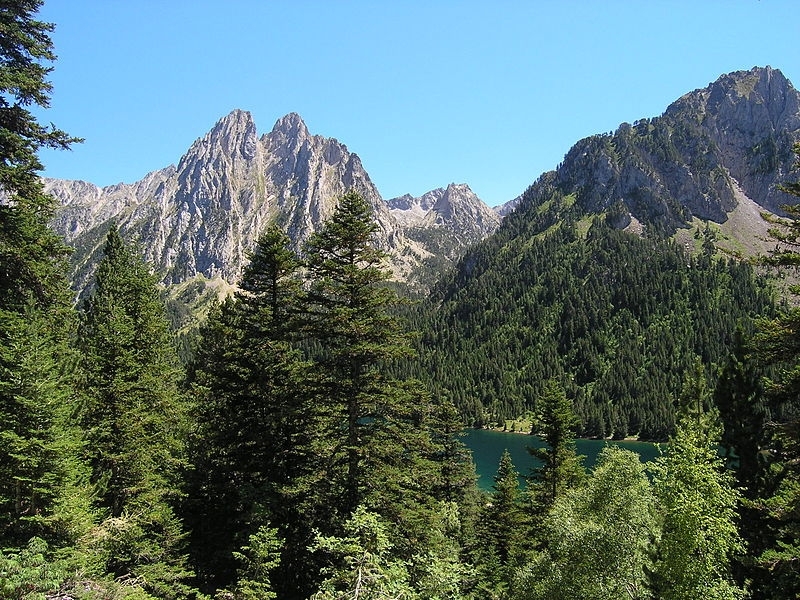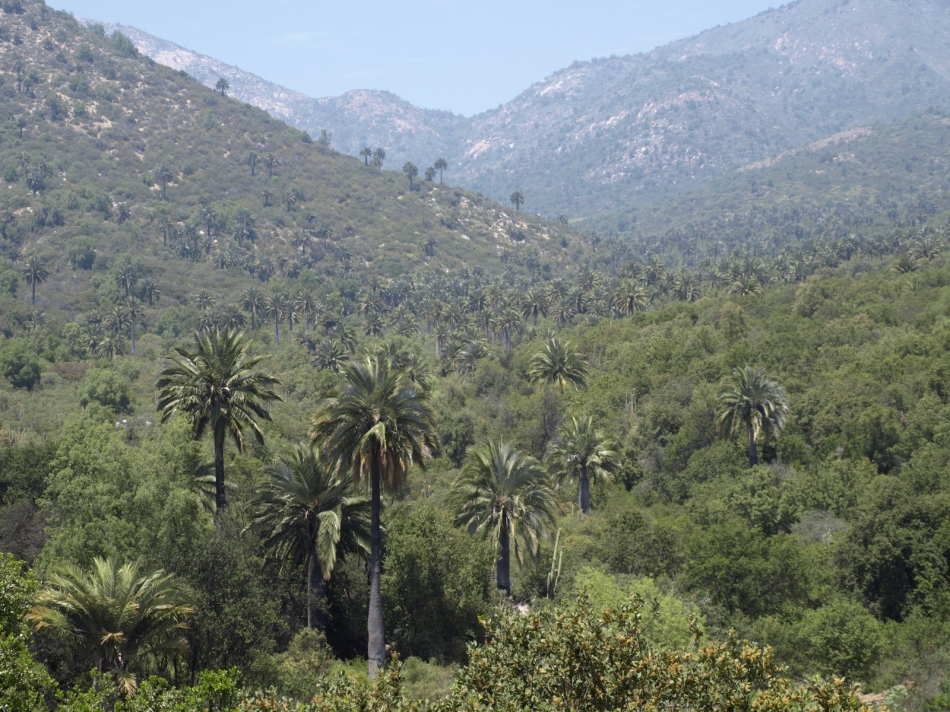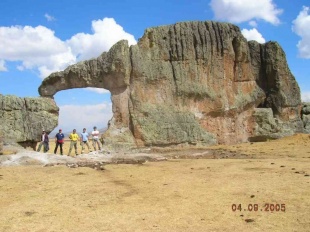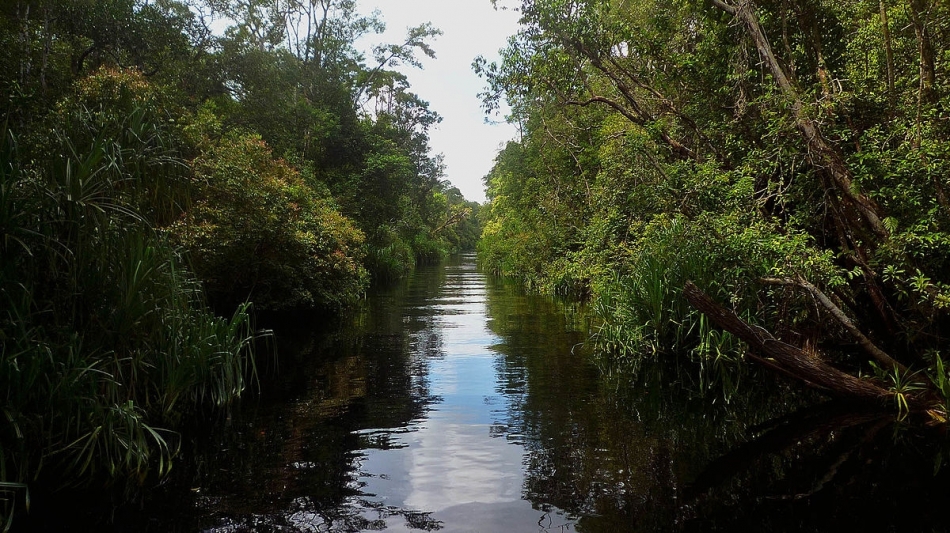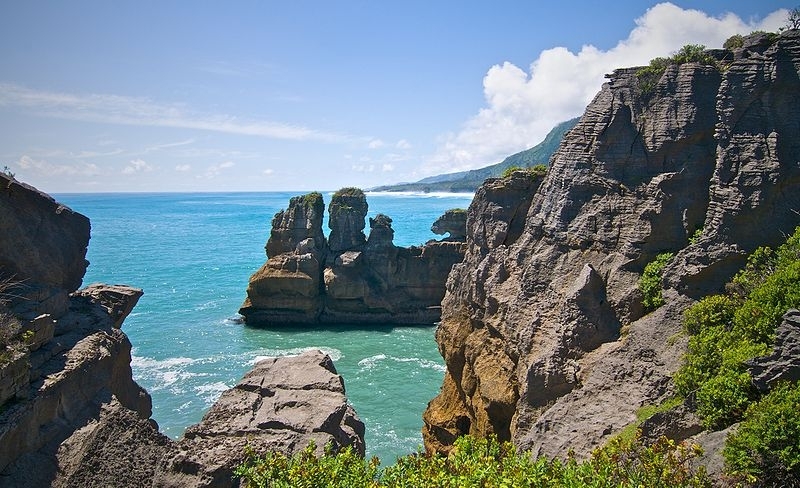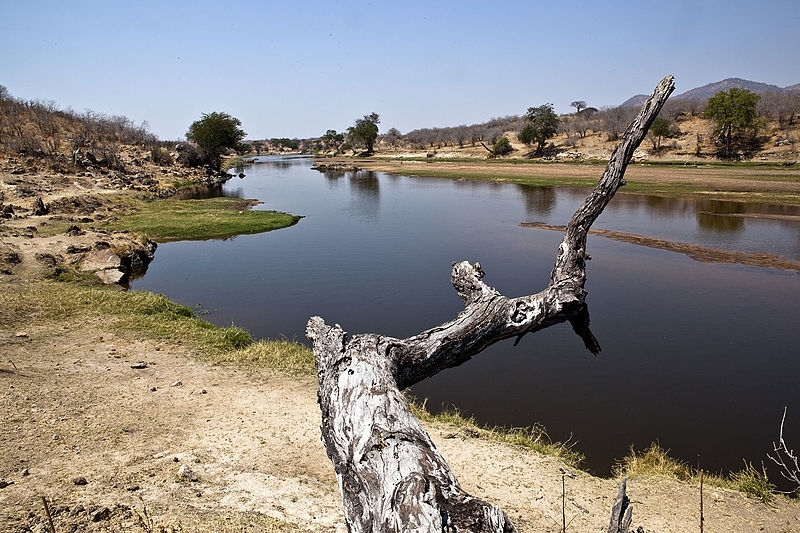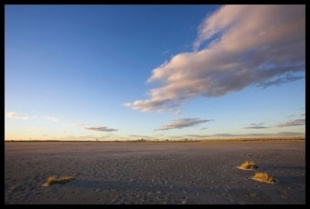Country Selection
Landscape (ecosystem) selection

Worldwide National Parks
We love traveling
Welcome to the Worldwide National Parks website. This webside provides an unique summary of ecotouristic information necessary for ecotouristic journeys and expeditions planning. The database could be used as an information source for various ways of ecologic, zoogeographic or geobotanic work.
Based on an individual request there is an option of consultation or help with ecotouristic trips and expeditions offered. Journeys to national parks worldwide can be organized. This kind of activities are supported by our scientific knowledge and many years experience.
